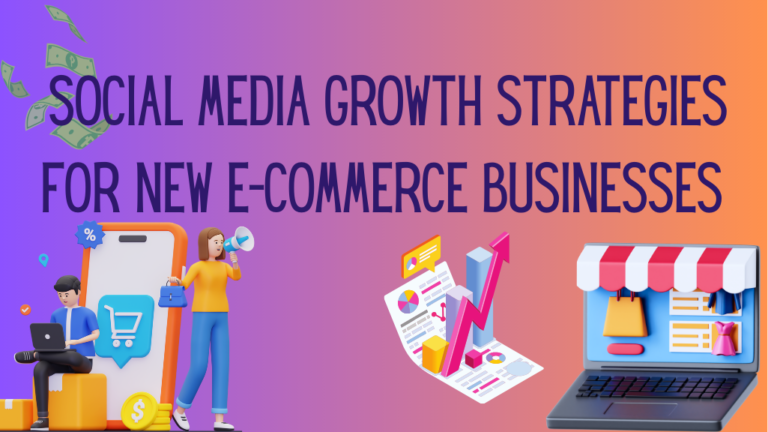How Transparent Payroll and HR Platform Pricing Supports Small Business Success

The Value of Pricing Transparency for Small Businesses
Transparent pricing in payroll and HR platforms empowers small business owners to make sustainable, informed decisions. Without surprise costs lurking in the background, planning monthly and annual budgets becomes significantly simpler. With clear, up-front pricing, leaders can estimate your true costs and allocate resources with greater confidence, allowing their focus to remain on growth rather than administrative unpredictability.
Clear and transparent pricing in payroll and HR services enables small businesses to plan strategically, avoid unexpected costs, and establish trust with their providers. Hidden fees such as tax form processing or direct deposit charges can derail budgets and damage relationships, making upfront, itemized quotes essential. By knowing precisely what they are paying for, entrepreneurs can tailor solutions to their needs, prevent overspending, and ensure their investments support growth rather than uncertainty.
What to Look for in Payroll and HR Platform Disclosures
- When evaluating payroll and HR platforms, business owners should look beyond the surface-level subscription price. A trustworthy provider will present a full fee schedule, outlining every service charge upfront instead of limiting disclosures to the base rate. This should include details on add-ons such as tax filings, benefits administration, or specialized reporting, which can often carry hidden costs if not clearly itemized.
- Equally important are clear definitions of how fees are calculated. Whether costs are billed per employee, per pay run, per transaction, or based on monthly minimums, having this level of clarity prevents surprises down the line. For example, a company that hires seasonal workers may face unexpected spikes in charges if per-employee fees aren’t transparent from the start.
- Business owners should also carefully examine the setup and cancellation terms. Some providers require one-time onboarding fees, long-term contract commitments, or restrictive policies on cancellations and upgrades. Understanding these terms beforehand can help businesses avoid penalties or lock-ins that limit flexibility.
- As your company grows, scalability becomes critical. Reviewing scalability clauses ensures you understand how pricing will change as headcount increases or decreases. Providers with flexible, tiered plans tend to accommodate growth better, while rigid pricing models can add unnecessary strain during periods of transition.
- Finally, don’t overlook support inclusions. Some platforms bundle customer service, compliance updates, and mobile access into their base price, while others charge separately for these essential features. Knowing exactly what’s included avoids frustration later when your team needs urgent assistance or compliance updates.
- Common red flags include vague pricing language such as “custom quote after sign-up,” recurring charges without explanation, or the absence of a publicly available cost breakdown. Opting for providers who prioritize clarity and simplicity gives small businesses peace of mind and reduces the likelihood of costly surprises.
See also: Customised Workwear – Empowering Businesses Professional Branding
Benefits of Transparent Pricing for Provider-Client Relationships
Transparent pricing does more than protect a company’s budget—it strengthens the overall relationship between the provider and client. When providers are upfront about costs and contract terms, they show that they value honesty and are committed to creating a fair partnership. This openness helps small businesses feel confident that they are working with a provider who has their best interests in mind.
Clarity in financial arrangements also builds trust and loyalty over time. Small businesses are more likely to stick with providers who eliminate guesswork and prioritize predictability. Instead of spending energy second-guessing invoices or chasing down billing explanations, business owners can focus on growing their operations and maintaining employee satisfaction.
When challenges do arise, open financial disclosure creates a foundation for resolving conflicts quickly and fairly. Disputes over costs are less likely when expectations are clearly documented from the start. This proactive transparency not only reduces friction but also fosters long-term collaboration and mutual trust. Ultimately, providers who embrace transparent pricing gain a reputation for reliability—an asset that benefits both their clients and their own business growth.
Real-World Examples: How Transparency Helped Small Companies Grow
A boutique marketing firm recently discovered that its existing payroll provider was adding hidden quarterly processing fees, and the administrative headache of tracking them was becoming a significant burden. In response, they switched to a provider offering a transparent, flat-rate model, saving both time and money. This clarity freed them up to redirect valuable resources toward client expansion rather than tedious reconciliation. According to Business.com, transparency not only reduces unnecessary costs but also builds stronger trust and efficiency across operations.
At the same time, another startup reported that by choosing a payroll platform with no hidden charges, it experienced smoother operations and faster onboarding. Avoiding unpredictable costs made it easier for them to scale their team confidently and sustainably.
Next Steps for Small Business Owners: Making an Informed Choice
Actionable Checklist for Evaluating Payroll and HR Platforms
- Review published fee structures for completeness and clarity.
- Request a detailed quote that includes all recurring and one-time costs.
- Compare service features and support levels, along with their associated charges.
- Seek out independent reviews or talk to other business owners for firsthand insights.
- Prioritize providers with a reputation for openness and proactive communication.
- Regularly review your software costs as your business grows or needs change.
Transparent pricing in payroll and HR platforms is more than a convenience—it’s a critical differentiator that supports cost control, operational confidence, and long-term success. Small businesses that prioritize providers willing to estimate your actual costs will be well-positioned to manage payroll, compliance, and HR with clarity and purpose in a rapidly evolving landscape.
Conclusion
Transparent pricing in payroll and HR services gives small businesses clarity to grow with confidence. By eliminating hidden fees and laying out costs upfront, providers help companies manage budgets effectively while building stronger, trust-based relationships. Choosing partners that prioritize openness ensures smoother operations, smarter financial planning, and the freedom to focus on what matters most—sustainable business growth.





